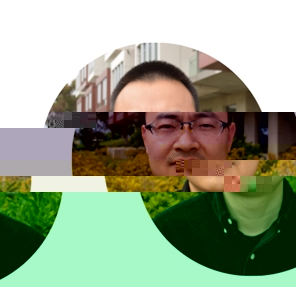檢測到您當前使用浏覽器版本過于老舊,會導緻無法正常浏覽網站;請您使用電腦裡的其他浏覽器如:360、QQ、搜狗浏覽器的極速模式浏覽,或者使用谷歌、火狐等浏覽器。
 下載Firefox
下載Firefox
檢測到您當前使用浏覽器版本過于老舊,會導緻無法正常浏覽網站;請您使用電腦裡的其他浏覽器如:360、QQ、搜狗浏覽器的極速模式浏覽,或者使用谷歌、火狐等浏覽器。
 下載Firefox
下載Firefox
學術報告
題 目: Identifying Mechanisms of Beta Cell Dysfunction in Diabetes by Combining Experimental and Computational Biology
Postdoctoral researcher in the School of Medicine at the University of California San Diego
時 間: 2月13日(周一)13:00-14:00
Meeting ID: 910 9636 7823
Password: cqbcqb
https://zoom.us/j/91096367823?pwd=M3d0bXIrOThoS2o4Y3dNV2JYVnUvUT09
主持人: 林傑 研究員
摘 要:
Altered function and gene regulation in pancreatic islet beta cells is a hallmark of type 2 diabetes (T2D), but we currently lack a comprehensive understanding of the mechanisms that drive beta cell dysfunction. In this talk, I will introduce a strategy to identify mechanisms of beta cell dysfunction in T2D that combines experiments and computations. I will first introduce experimental data from measurements of chromatin activity, gene expression, and cell function in single beta cells. Then, I will introduce a machine-learning pipeline, inspired by the fluctuation test established by Luria and Delbrück, that robustly identified two T2D-relevant beta cell subtypes from heterogeneous human single-cell data. Through gene regulatory network analysis, I further identified gene regulatory programs maintaining beta cell subtype identity and determining T2D-associated functional changes in both beta cell subtypes. This study demonstrates the power of combining experimental and computational tools for identifying mechanisms of complex diseases.
Gaowei Wang is currently a postdoctoral researcher in the School of Medicine at the University of California San Diego, where he studies mechanisms of beta cell dysfunction in type 2 diabetes. He received his Ph.D. in Biophysics from Shanghai Jiao Tong University, where he used methods and concepts from nonlinear dynamical systems to understand cell fate determinations.
